Environment: dev.aph.org — Current roles: guest
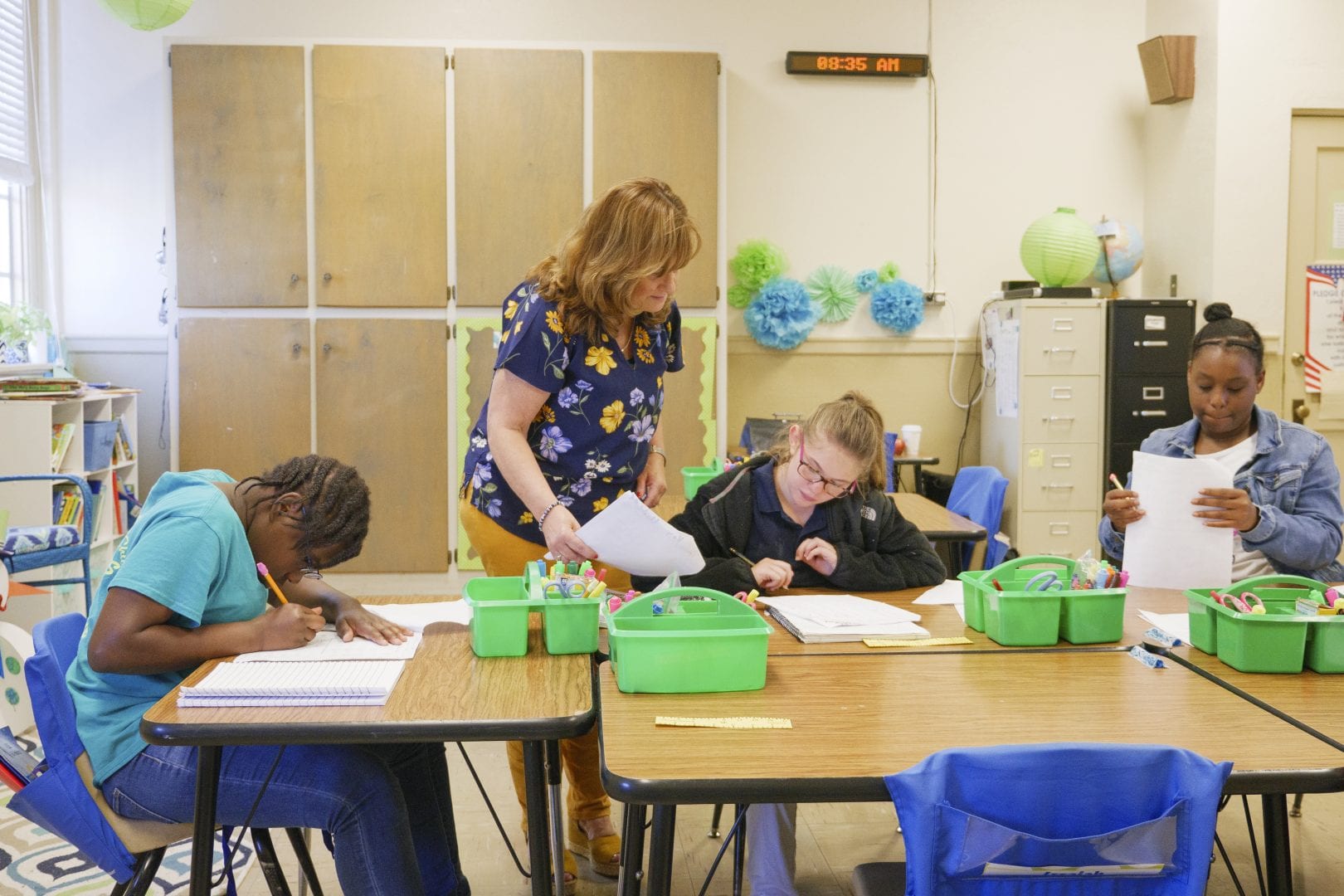 Building Your Student Testing Toolkit
Building Your Student Testing Toolkit
Take tests with confidence using accessible tools and materials! Students who are blind or visually impaired may need access to special materials during testing. These materials are specified as part of testing accommodations in students’ Individualized Education Programs (IEPs). In this blog, we list a few APH products that may be used during testing to level the playing field for students with visual impairments. For state testing-specific materials, contact our Accessible Tests Department. Learn more about that process.
There are several options for accessing test materials, including braille, large print, magnified print, and audio presentation. Let’s break those down.
For Braille Readers
For those who use a braille version of a test, we have several tools to enhance the production of braille text and tactile graphics. They include:
- PixBlaster™ – an embosser that produces industry-leading, high-quality tactile graphics with seven variable dot heights for color representation.
- PageBlaster™ – a powerful embosser that produces high-quality, single-sided and double-sided interpoint braille.
- BrailleBlaster™ (free download) – revolutionary software for braille transcription that automates basic translation and formatting and makes advanced tasks quicker and easier.
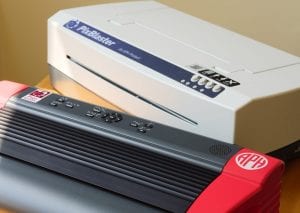
For Large Print Readers
Some students may choose to use a regular print test and enlarge it manually with a magnification device. Such devices include eyeglass-mounted magnifiers, free-standing or handheld magnifiers, and electronic equipment. The following magnifiers from APH may fit these students’ needs.
- Juno – Magnify on-the-go with this powerful, 7-inch LCD touchscreen handheld video magnifier with Optical Character Recognition (OCR).
- MATT Connect – a high-tech, compact, all-in-one magnifier, distance viewer, and educational Android tablet.
- Jupiter Portable Magnifier – a durable and portable design that allows you to take this easy-to-use, yet powerful magnifier on the go.
- Video Mag HD – a durable handheld video magnifier that provides crystal-clear, full-color images by magnifying whatever appears under its auto-focus HD camera by 2x to 13x.

Documentation Tools
In addition to the tools used for accessing test materials, students who are visually impaired may also need to use special tools to appropriately write or record answers. Such tools include computers and software, refreshable braille displays or notetakers, braillewriters, slates and styluses, special paper such as braille paper and bold-line or raised-line graph sheets, braille labeling tools, tactile diagrams and raised-line drawing tools, etc. Here are several APH products that fit the bill:
- Mantis™ Q40 – a Bluetooth® keyboard and 40-cell refreshable braille display that also contains several built-in applications such as a basic editor and a calculator.
- Chameleon™ 20 – a portable braille display and notetaker perfect for in and out of the classroom setting to improve braille literacy skills.
- Feel ‘n Peel products – fun and educational stickers including tactile/visual textures and braille/print letters, numbers, and math symbols.
- TactileDoodle – a drawing board that can be used to generate tactile, raised-line graphics.
- Quick-Draw Paper – Create instant tactile graphics that are useful for a wide variety of art, orientation and mobility, diagramming, and educational activities.
- Graphic Aid for Mathematics – Construct geometric and other figures and graphs related to arithmetic, algebra, geometry, trigonometry, and calculus.
- Light In-Sight: Reflection & Refraction Kit – Construct ray diagrams related to light reflection and refraction.
- Picture Maker Wheatley Tactile Diagramming Kit– offers a wide variety of hook-materials shapes and strips that can be used in combination with a felt board for creating a variety of diagrams.
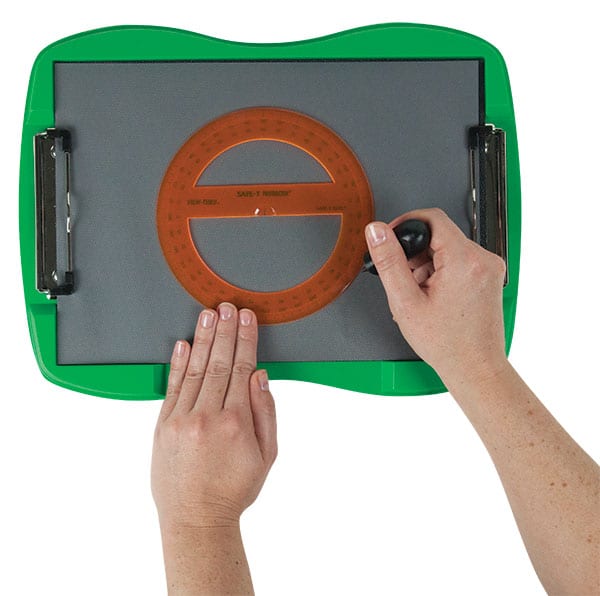
STEM Tools
Tools provided for sighted students during testing, such as calculators, rulers, protractors, or other measurement devices, must also be provided for students with visual impairments such as:
- Braille-Large Print Protractor – a braille-large print protractor with a pivoting wand that allows for tactile exploration of angles.
- Flexible Rulers (18-Inch and 30-Centimeter) – flexible rulers that allow tactual and visual measurement of flat or curved surfaces.
- Cranmer Abacus – When mathematics problems are to be worked without a calculator, students with visual impairments should be allowed to use an abacus that replaces pencil and paper.
- Azer’s Interactive Periodic Table Study Set (NEMETH)– provides a combined print/tactile study set designed to make learning about the Periodic Table of the Elements, as well as the atomic model, accessible to students with visual impairments and blindness.
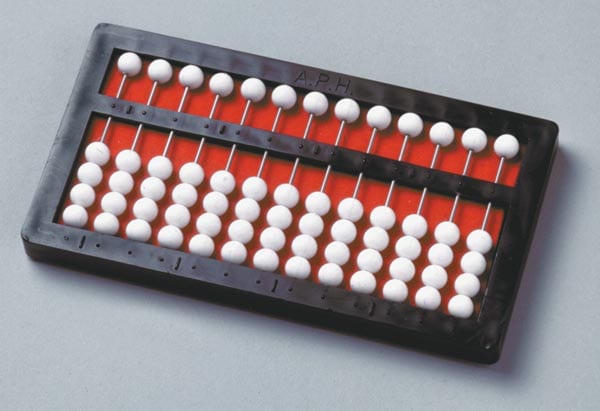
Lastly, some testing situations may allow that objects presented on paper (e.g. geometric solids) are substituted with physical manipulatives. Find some of our products that can be used for this purpose below.
- Adapted Science Materials Kit – includes many items such as beakers and graduated cylinders that are modified for use by students who are visually impaired.
- DNA Twist – demonstrates the 3-dimensional structure of the DNA molecule.
- Build-A-Cell – Build and discover the different characteristics of bacterial, animal, and plant cells.
- Geometro Sets – provide hands-on experience with manipulatives that aid in teaching 3-D geometry.
- Touch, Label, and Learn Poster: Human Skeleton (Anterior View)– provides an interactive tactile/color presentation, in combination with a 3-dimensional model, for reviewing the names, locations, and relationships of human skeletal bones.
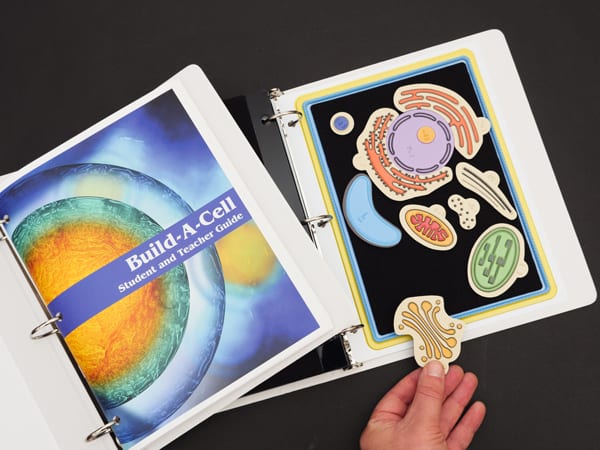
For more APH products that may fit your students’ needs for testing, visit our website at aph.org or contact us at (800) 223-1839.
Share this article.
Related articles
An Interview with Nabiha Mujahid, TVI and APH Scholar Math is a challenging subject to teach and learn. Those difficulties...
We would like to congratulate Michelle Shanley, nominated by EOT, Kristin Oien, as a 2021-2022 APH Scholar. Michelle Shanley has...
Our family of quota-eligible magnifiers just got a new member. Named after the space asteroid, Juno is a powerful handheld...
